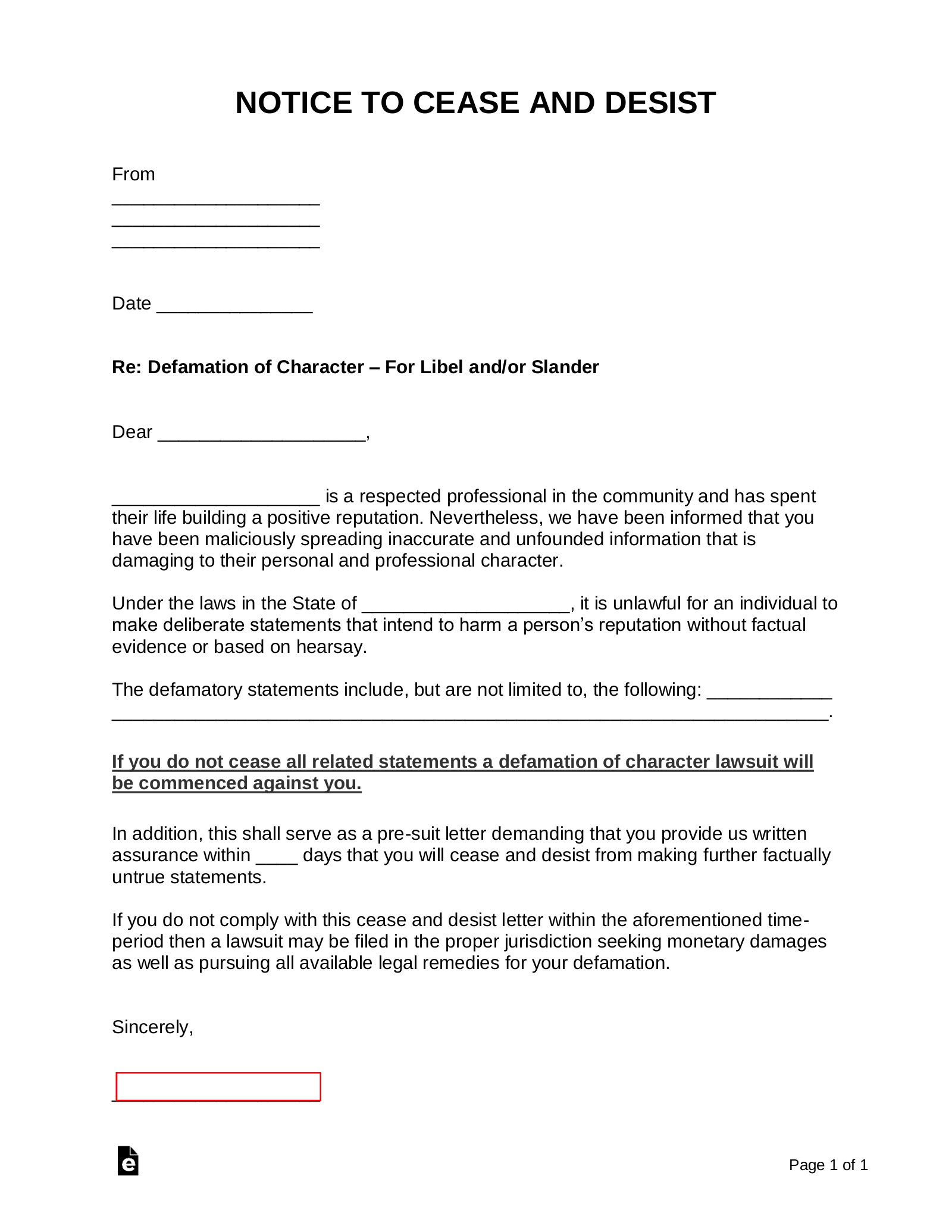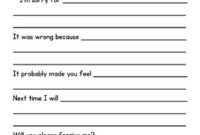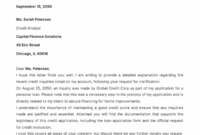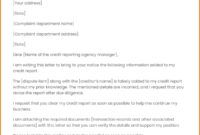Navigating the murky waters of online interactions can sometimes lead to unexpected and damaging situations. One of the most distressing experiences is when false statements about you or your business begin to circulate, causing harm to your reputation, livelihood, or peace of mind. This type of communication, known as defamation, can have serious real-world consequences, making it crucial to know how to respond effectively and protect your good name.
When faced with such a scenario, taking swift and decisive action is paramount. Often, the first and most effective step is to send a formal communication demanding that the defamatory statements cease. This is where a well-crafted cease and desist letter comes into play. Having access to a reliable cease and desist defamation letter template can empower you to address the issue directly and legally, often preventing the need for more complex and costly litigation.
Understanding Defamation and Why a Cease and Desist Letter is Crucial
Defamation essentially involves making a false statement of fact about another person or entity that harms their reputation. It can take various forms, from written untruths published online (libel) to spoken falsehoods spread through word of mouth (slander). The impact can range from personal embarrassment and emotional distress to significant financial losses for businesses. Ignoring defamation can allow it to spread unchecked, making it harder to mitigate the damage later on.
A cease and desist letter serves as a formal legal notice. It puts the defamer on notice that their actions are illegal and harmful, demanding an immediate stop to the defamatory statements and often requesting a retraction or apology. Think of it as a stern warning shot fired across the bow, clearly communicating your intent to protect your rights and reputation. It shows that you are serious and prepared to take further legal action if the behavior continues, often prompting the recipient to reconsider their actions and comply.
Key Elements of Defamation
Sending a cease and desist letter is a strategic initial move because it is typically less expensive and time-consuming than pursuing a lawsuit. It offers an opportunity for an out-of-court resolution, saving both parties the hassle and expense of litigation. Many individuals or organizations may not fully understand the legal implications of their words and may stop once they receive a formal notice.

Moreover, the letter creates a documented record. If you do eventually need to go to court, having sent a cease and desist letter demonstrates that you attempted to resolve the matter amicably before resorting to litigation. This can be beneficial in showing the court your good faith efforts. It’s an essential tool for anyone facing false accusations, offering a clear path to reclaiming control over their public image.
Crafting Your Cease And Desist Defamation Letter Template
When preparing your cease and desist letter, clarity, precision, and a firm but professional tone are key. The goal is to leave no room for misunderstanding about the nature of the alleged defamation, the harm it has caused, and the specific actions you demand. While a template provides a strong foundation, customizing it with accurate details about your situation is absolutely vital for its effectiveness.
The letter should clearly identify you as the sender and the individual or entity responsible for the defamatory statements as the recipient. Crucially, you must pinpoint the exact defamatory statements, including where and when they were made. This could involve quoting specific phrases from social media posts, citing dates of articles, or referencing recordings of spoken words. Be as specific as possible to avoid any ambiguity.
Essential Components to Include
Maintaining a professional demeanor throughout the letter is paramount. Avoid emotional language, threats, or accusations that are not directly related to the defamation itself. Stick to the facts and the legal basis of your claim. The strength of the letter lies in its factual accuracy and legal implications, not in its emotional intensity.
Finally, consider how you will send the letter. Sending it via certified mail with a return receipt requested provides proof of delivery, which is invaluable if further legal steps become necessary. This ensures the recipient cannot claim they never received the notice. Utilizing a solid cease and desist defamation letter template empowers you to create a professional and impactful document that effectively communicates your stance and legal intent.
Protecting your reputation in the digital age requires vigilance and a readiness to act when false statements begin to spread. A carefully drafted cease and desist letter is a powerful tool in your arsenal, providing a clear and formal mechanism to demand an end to defamation and seek redress for the harm caused. It’s a serious message that can often resolve disputes without escalating to more complex legal battles.
Taking prompt action by sending a well-structured letter can help mitigate further damage and restore your peace of mind. While a template can provide a strong starting point, remember that every situation is unique. Consulting with a legal professional can offer tailored advice and ensure your letter is as effective as possible, giving you the best chance to successfully defend your good name.



